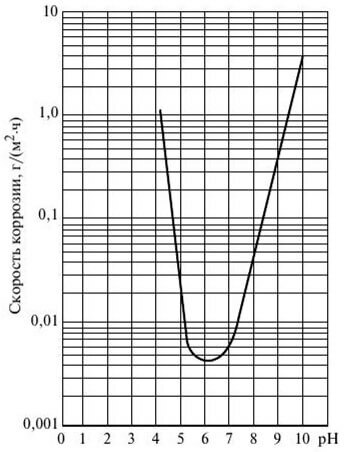- Assembly instruction
- Some useful tips for
Assembly instruction
So if you decide to install the electric convector on a wall, proceed as follows:
- Unpack the convector and turn it to the rear.
- Remove the mount.
- Leave the removed bracket against the wall in a suitable place( where the installation will be made) and mark the fixing holes with the marker.
- If the wall is wooden, screw the fastener with wood screws( length 40-45 mm).If a concrete wall, first drill holes with a perforator, then screw in the dowels and perform the installation of the frame, as in the photo below.

- Attach the electric convector to the installed bracket.
- Plug the power cord into an outlet, turn on the power.
- Adjust the temperature on the thermostat.

As you can see, the installation of an electric convector on the wall does not represent anything complicated, even more so. However, there are several nuances that need to be considered when installing, which we describe below.
Some useful advices for
Sometimes it becomes necessary to install an electric convector on a balcony, the internal finish of which is represented by PVC panels. Since the weight of the electric convector can reach several kilograms, you should understand that the plastic can not withstand such a load. In this case, it is recommended to choose a compact size electric convector, for example, as a Nobo model in the photo below. 

Another nuance is the correct placement of the convector. Usually the complete set with the purchase includes an instruction in which the manufacturer himself specifies the optimal distance from the floor, windows and other objects. If in your case there is no such information, perform the installation of the electric heater in accordance with the general rules:
- height from the floor of 20 cm;
- the clearance from the wall is 20 cm;
- lateral distance to the nearest objects - 20 cm;
- top and front clearance of at least half a meter;
- outlet is not closer than 30 cm.
Special attention should be paid to connecting the electric convector to the network. As a rule, the power of the devices does not exceed 3 kW, so if you have modern electrical wiring in your house or apartment, safely connect the power from the outlet( they, as a rule, can withstand up to 3.5 kW).If you want to hide the cords and make a neat installation, you can even connect the convector directly to the mains without a plug and without an outlet. To do this, you will have to pull a separate cable from the junction box or even the flap( if you decide to make a separate line for heating).Cable cross-section in this case, select 2.5 mm2.
Finally, we recommend viewing the visual video of the installation of the electric convector:

That's the whole installation instructions for this heater. We hope that now you know how to properly install an electric convector and connect it to the network with your own hands!
It will be useful to read:
- How to make wiring in a wooden house
- How to save electricity legally
- Comparison of fan heaters and convectors

